When (Literary) Stars Align: The Faces of the National Book Critics Circle Awards Winners
In a conversation with writer and editor Manjula Martin for her book, Scratch: Writers, Money and the Art of Making a Living, Jonathan Franzen spoke candidly about why visibility matters in the literary world.
“When USA Today, does its annual tiresome ‘What is life in the culture now?’ spread and they list ten TV shows and fifteen websites and five Twitter feeds and a couple of music acts, and there’s not a single fiction writer on the list? It’s bad for the community of the novel.” [Writers],” Franzen continues, “always feel like it’s a zero-sum game and whatever stardom somebody else has is being taken directly from us, so we hate the stars. But we also need them. The possibility of some level of stardom is what will continue to attract new writers to the game… You need the excitement that comes with some people actually being in the public eye.”
As this is the same writer who declined to have his novel, The Corrections, featured as an Oprah Book Club pick in 2001, the irony of what’s being said, by whom, isn’t lost on me. Nor does it make what Franzen’s saying any less true: the literary world does needs its stars. And it has them. What the literary world collectively lacks, however, is the telescope to see beyond the limits of the naked eye and bring our stars into view. Not just so that it will continue to attract new writers to the literary star gazing, but new readers as well.
Of the many things that there are to hate about Award shows like the Grammys, Golden Globes, and Oscars—the lack of diversity/overt predictability represented by the winners and nominations—what always excites me about these award shows are the portraits. How the liminal can be made eternal. As though that which just happened has always existed. Wanting to bring that sense of forever, not to mention a bit of glamour, to the 2017 National Book Critics Circle Awards, I, a recently elected NBCC board member, convinced then NBCC president and VP of Awards, Tom Beer and Michele Filgate, to allow Brooklyn photographer, John Midgley, to shoot portraits of the night’s winners. That evening it was my job to walk the winners of each award to the back “Green Room;” have them take portraits with John Midgley, and walk them back to their seats. And since many writers are self-conscious of cameras, it was my job to bring the personalities that existed on the page out, by helping them forget about the camera and revel in the moment.

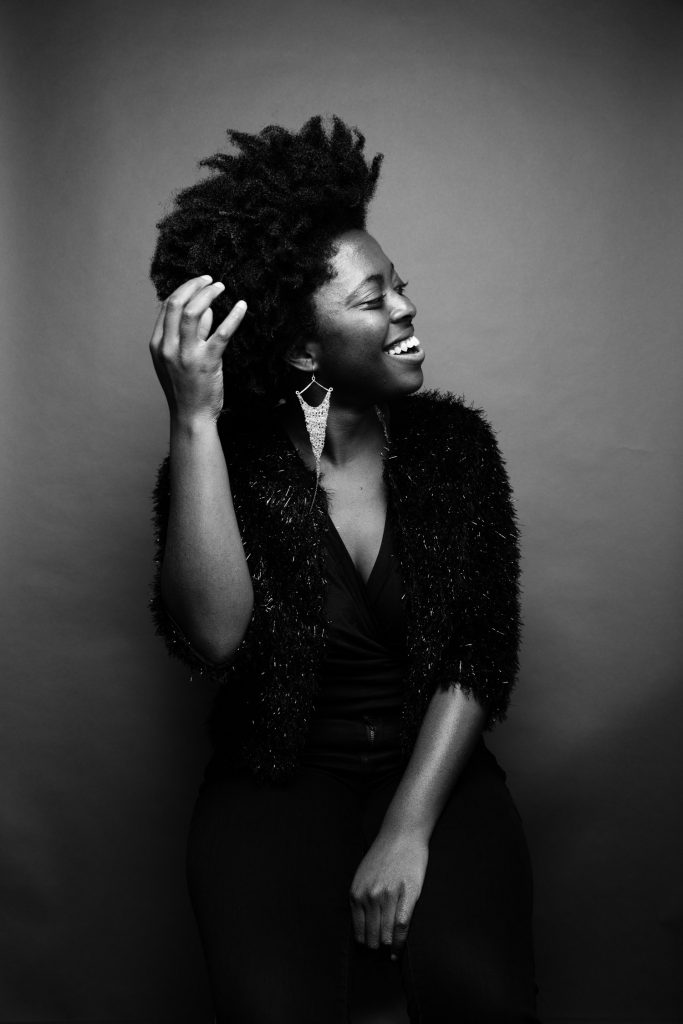
2017 John Leonard Prize Winner: Yaa Gyasi for Homegoing
It’s impossible to see, but in the green room is a mirror. When sensing that some writers weren’t immediately comfortable with staring directly at the camera, John directed them to look at themselves in the mirror. In the midst of gazing at her own reflection, John also directed Yaa to fluff her fro, while I made a remark about the swagginess of her jacket.


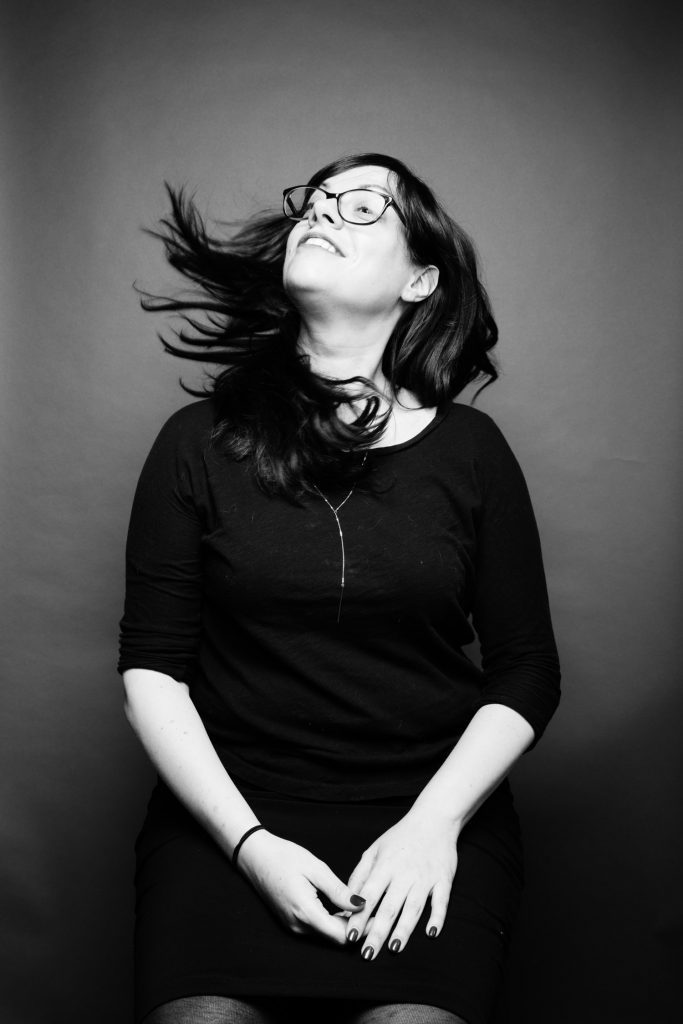
2017 Nona Balakian Citation for Excellence in Reviewing: Michelle Dean
There is no better indication of a hard-earned accomplishment than an effortless hair toss—and it almost didn’t happen. Michelle admitted she almost didn’t get her hair done because she wasn’t sure it was necessary. Look at God.


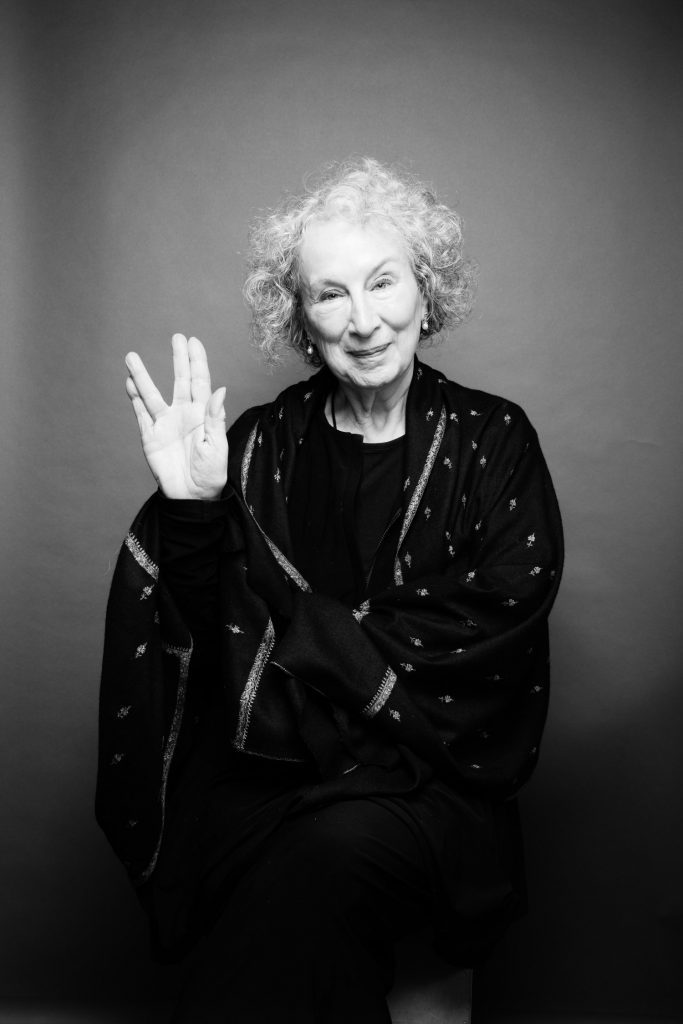
Ivan Sandrof Lifetime Achievement Award: Margaret Atwood
Before joining John and I backstage in the green room, Margaret Atwood concluded her lifetime achievement speech with the questions, “Why do I only get one lifetime? Where did the lifetime go?” This picture seems to be the answer. As impressive as anything Margaret Atwood has done on the page is the humanity she allows herself. John wanted her to throw a fist towards the camera. “You’re not getting me to do that,” she laughed—but held up the Vulcan sign for “victory” as a compromise.


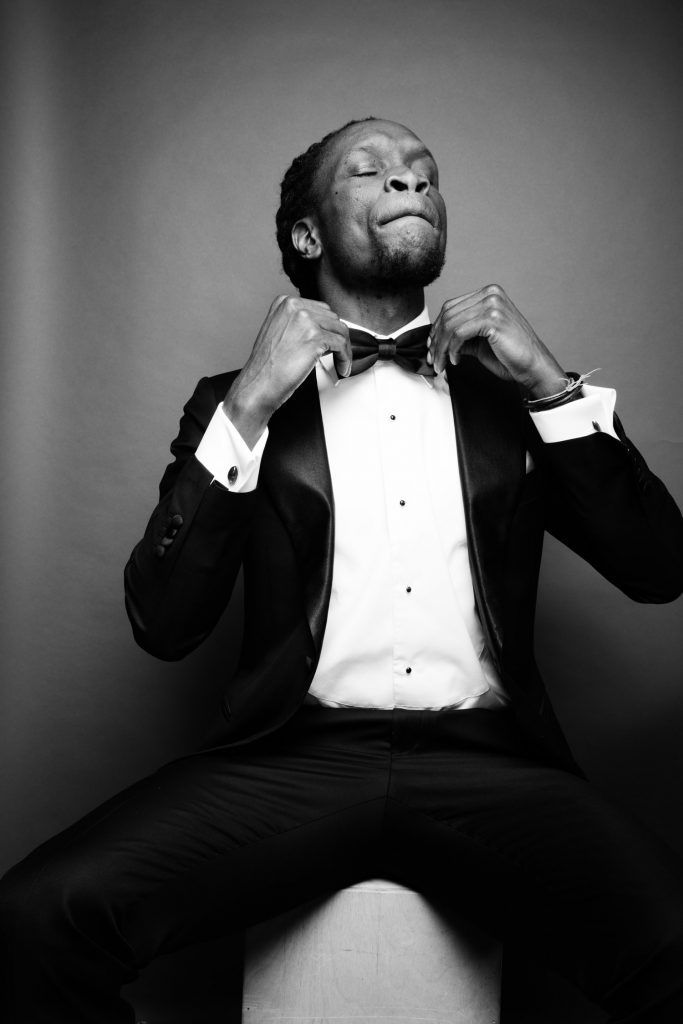
2017 NBCC Poetry Award Winner: Ishion Hutchinson for House of Lords and Commons
For almost the entire night, Ishion Hutchinson’s bowtie was giving him problems. No matter how many times we fixed it, it just wouldn’t stay straight. Tragedy turned to triumph when we came up with the idea to have Ishion adjust his bowtie for the camera.


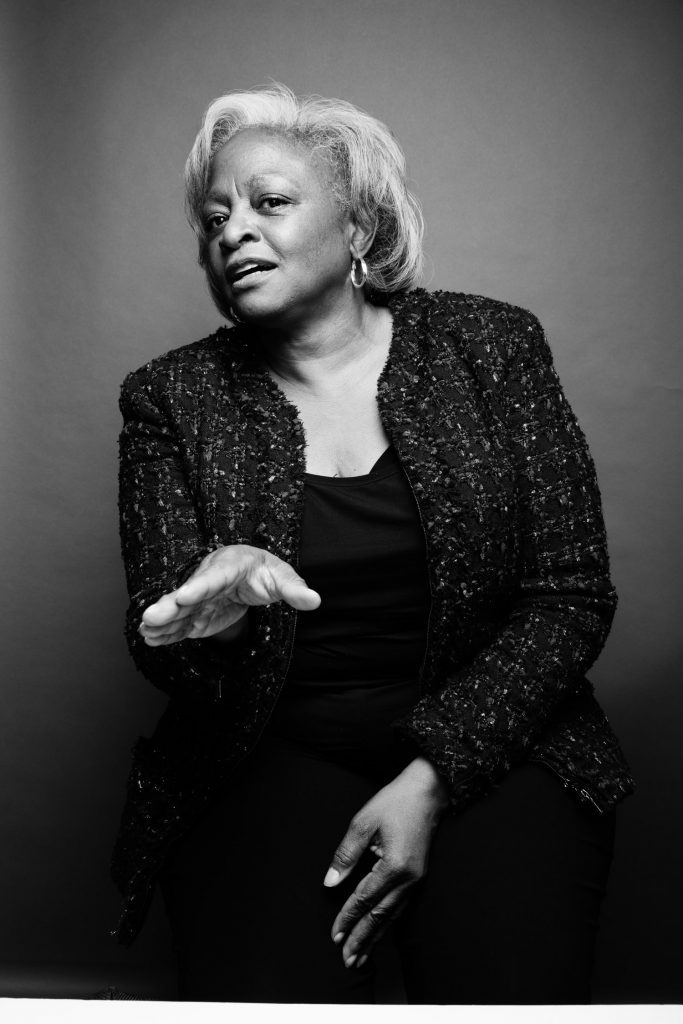
2017 NBCC Criticism Award Winner: Carol Anderson for White Rage: The Unspoken Truth for Our Racial Divide
This was genuinely one of the most memorable moments of the night. Anderson was so surprised that she won the Award for Criticism that she didn’t move right away. She sat in her seat, saying “Oh my god!” But even in her euphoric disbelief of the fact that she had just won, Anderson sat down in front of the camera with a composure and confidence that let us know she knew she deserved to. The first thing Anderson said to John, which is what’s happening in this picture, “do you have your Halle Berry filter on there?”


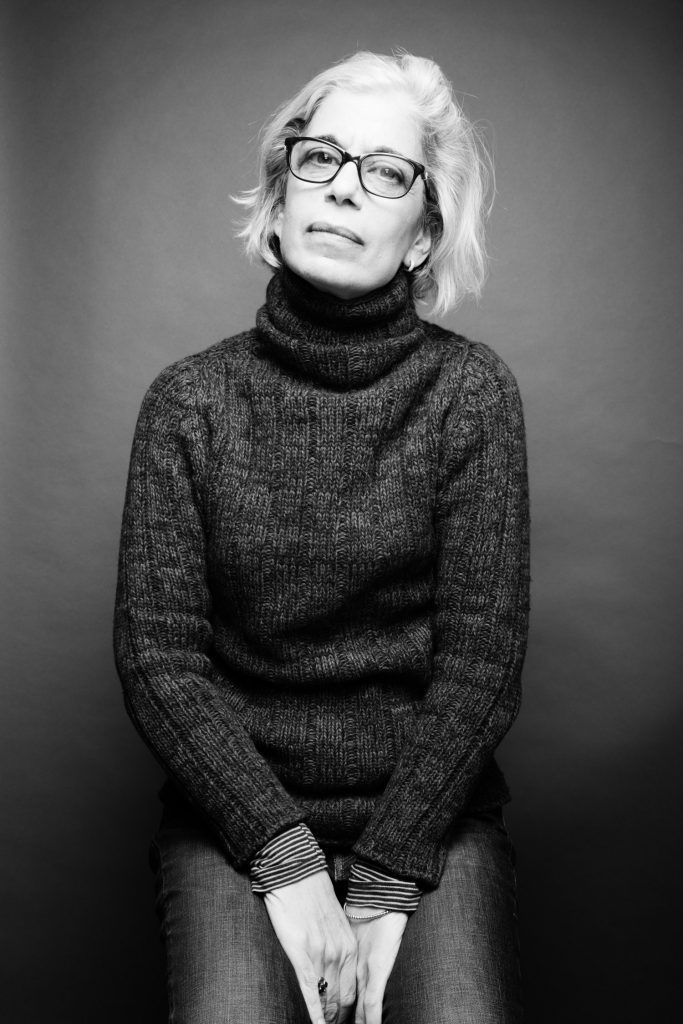
2017 NBCC Autobiography Award Winner: Hope Jahren for Lab Girl (Robin Desser)
Because snowstorm Stella prevented Hope Jahren to make it to the awards (Hope lives in Minnesota), her editor Robin Desser accepted the honor on her behalf. While the sign of a great editor is how little their presence is noticed in a writer’s work, we insisted on taking Desser’s portrait to celebrate the pivotal role editors play in the production of wonderful writing. There was regalness in Desser’s demeanor we wanted to capture. I believe we got it here.


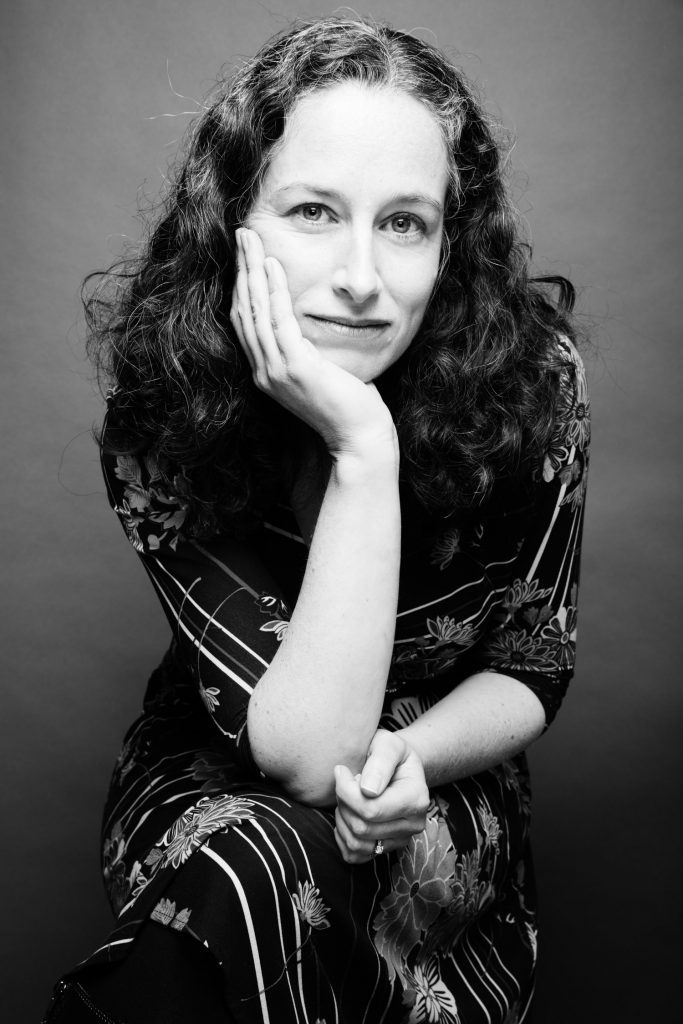
2017 NBCC Biography Award Winner: Ruth Franklin for Shirley Jackson: A Rather Haunted Life
It should go without saying that writers are pensive. What should be said is how difficult it is to capture such a rare quality in a way that doesn’t feel forced. Pensive is where Ruth Franklin was most at home. She was not instructed to perform “thinking,” she just did it. It comes natural to her.


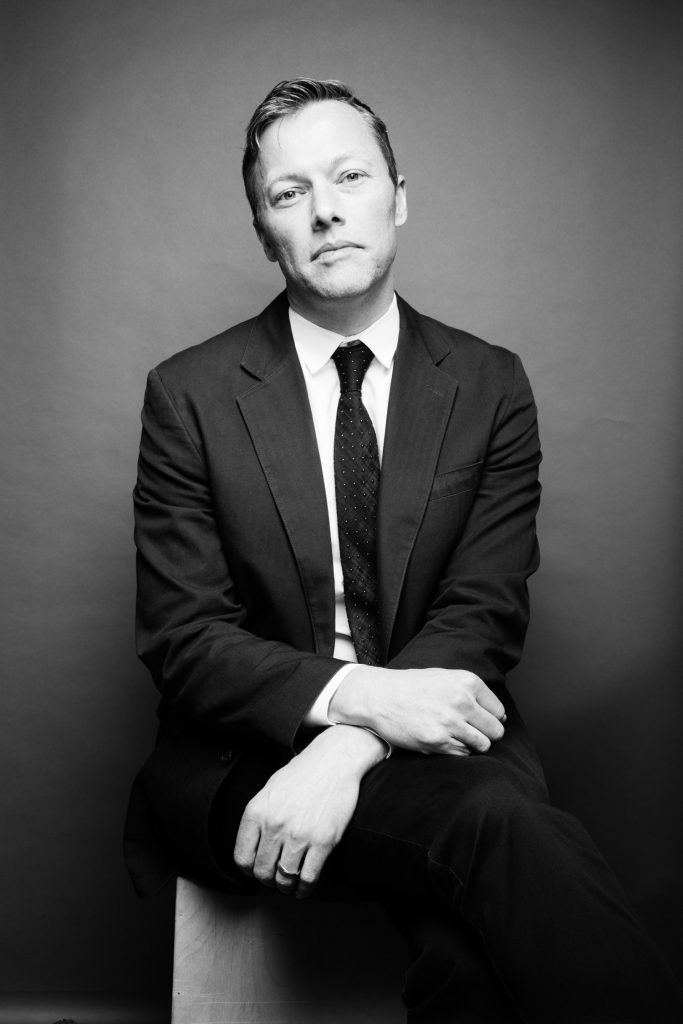
2017 NBCC Non-Fiction Award Winner: Matthew Desmond for Evicted: Poverty and Profit in the American City
Portraits are about capturing a fleeting moment. But they’re also about setting free that which needs to come out. Apparent in Desmond’s spirit was an uncalculated collectedness. Meaning that his ability to “hold it together” does not seem to be informed by obsession. For him, it was a matter of being.


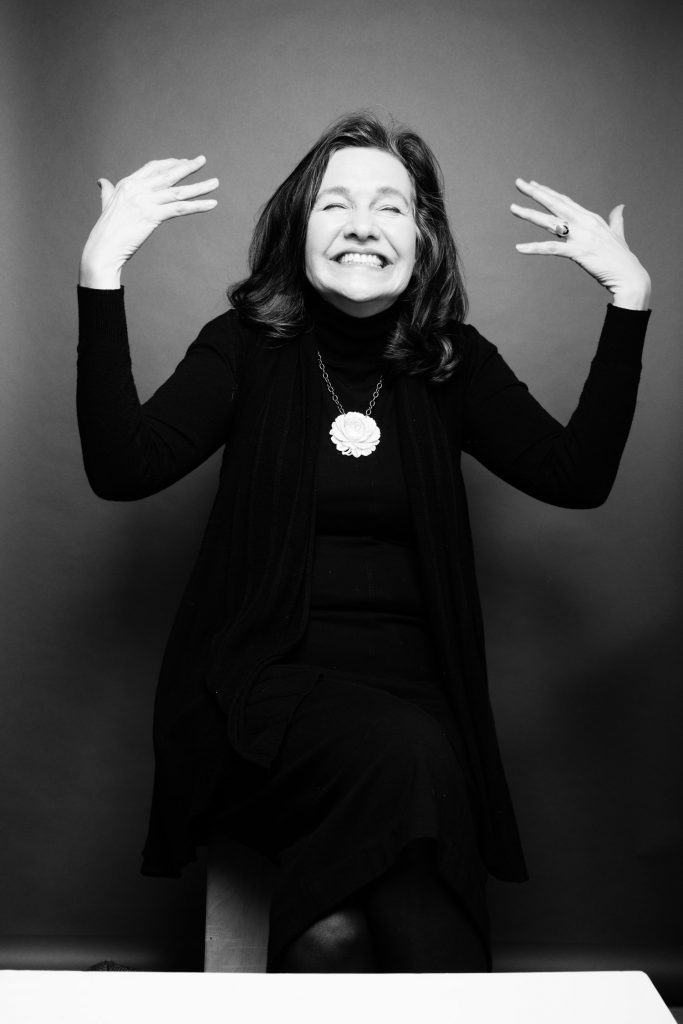
2017 NBCC Fiction Award Winner: Louise Erdrich for LaRose
Anyone familiar with Louise Erdrich’s knows she has the temperament of a sage. None of what she knows seemed to come second-hand, for she has paid for her wisdom with first-hand experience. She was shocked that she had won “among such dramatically wonderful novels”—Zadie Smith’s Swing Time, Ann Patchett’s Commonwealth, Michael Chabon’s Moonglow, and Adam Haslett’s Imagine Me Gone—and was a bit reluctant to revel in the moment. “Think about it this way,” I told her, “there’s a certain relief that should come with winning amongst books that were all brilliant. At least here, you know you deserved it.” “That’s true,” Erdrich said. It was then that she gave herself permission to enjoy a well-deserved win.


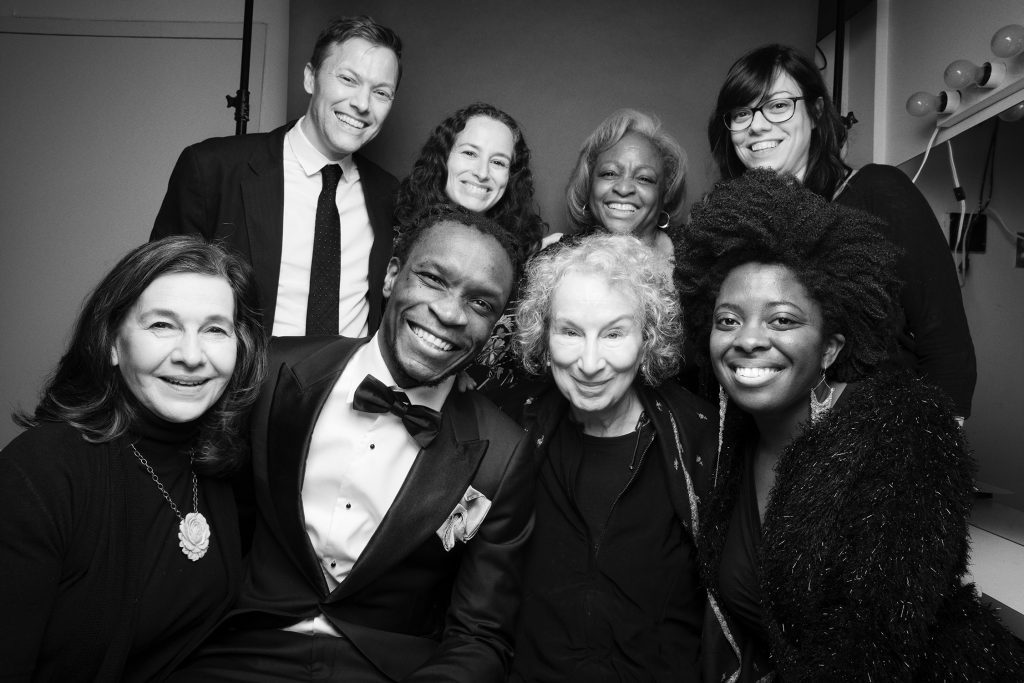
Group Photo of all the winners
After the award show ended, all the winners were asked to stay for a group portrait. Many were anxious about how the writers themselves would react to so many pictures being taken of them in one night, not to mention how they’d react to a portrait which required eight people to squeeze themselves into a tight room—and an even tighter frame. What comes through in this picture is a joy that shines bright as any star. The joy comes from not being treated like a dying ball of gas that our culture often treats writers as, but as a constellation pointing us to the future of what literature can look like if we continue to reach for the stars.

All photos by John Midgley
You might also like 




















